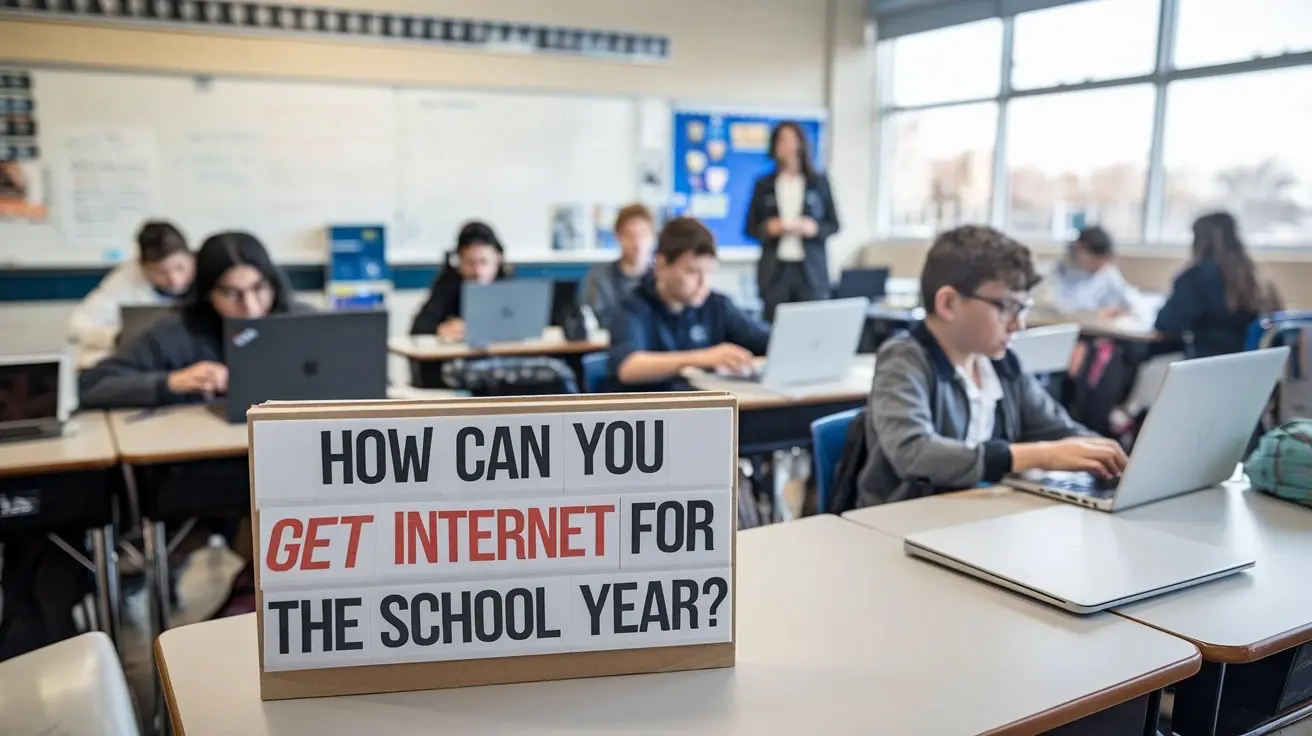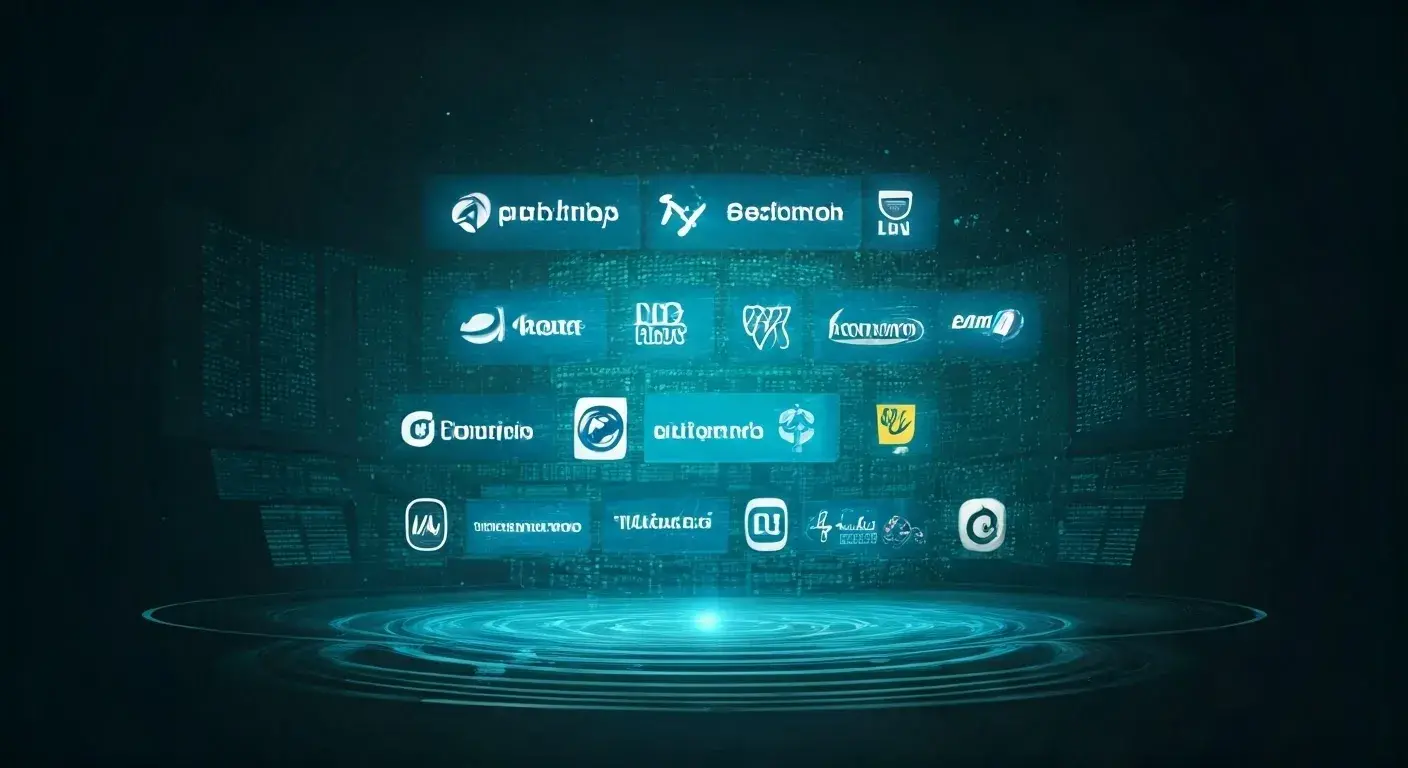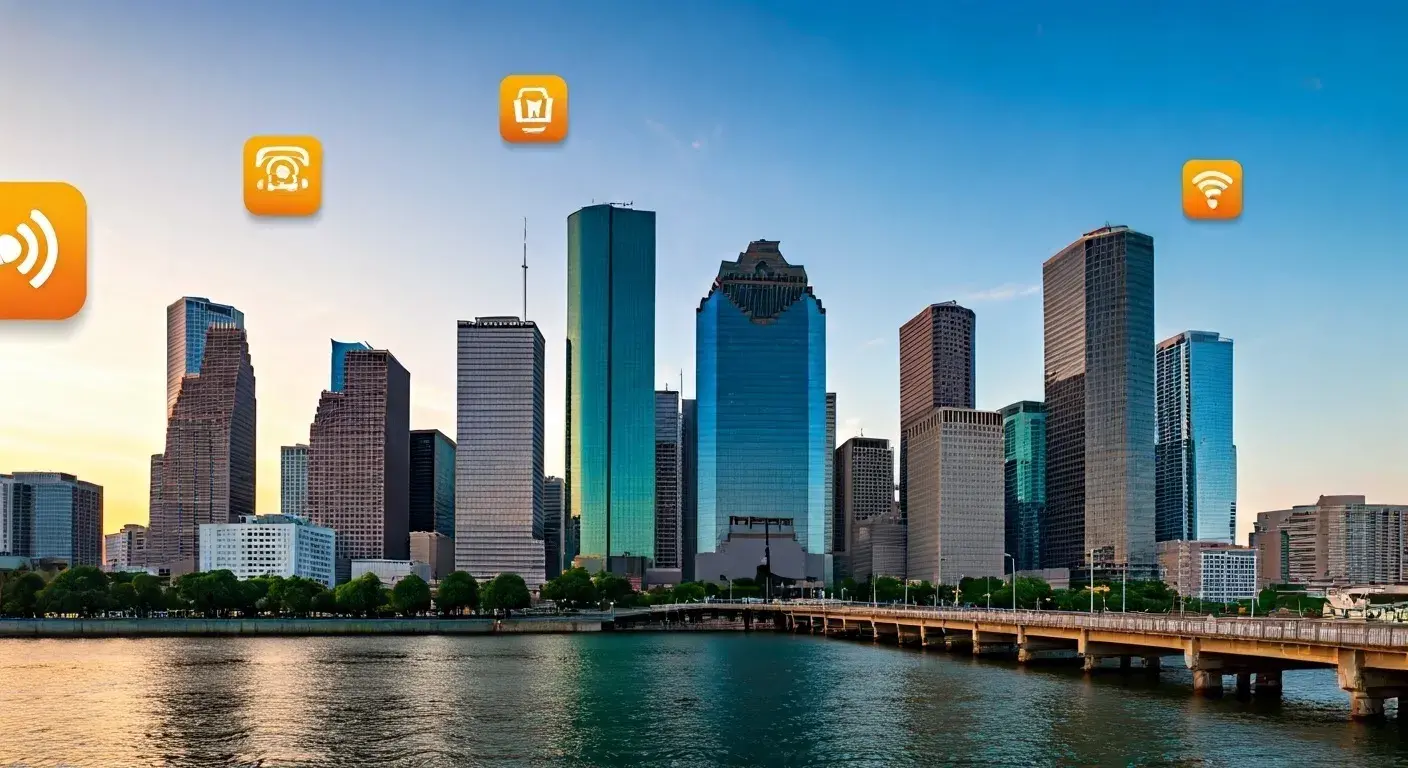
The school year is one of the most important times in students ‘ lives as students need to use library facilities, attend online classes, perform tasks, and use library resources. However, an important thing that they lack is the Internet, which becomes a barrier to their learning process and their academic achievements. The FCC confirmed that about 17 million students in the United States do not have access to high-speed broadband at home, thus increasing the digital divide and consequently a gap in their academic achievement. In this post, ten useful steps are provided for getting free internet for students during the school year for a fully functional academic year without interruption.
1. Embrace Public Wi-Fi:
It is the Wi-Fi connection with limited access that is found in libraries, cafes restaurants, community halls, and other common areas. These points must be used by your children to do their homework, projects, and online lessons at such places. Please ensure that you only browse with the available Wi-Fi connection and ensure that you do not transact on sensitive information.
2. Check for Community-Based Internet Programs:
The internet access programs for poor families are available mostly through various municipalities and different community organizations and sometimes they are offered for lower prices or even for free. Their primary purpose is to reduce the digital divide and create the same opportunities for many people to access the Internet. You should check with your local government offices or local associations if there exist such programs near you.
3. Take Advantage of School Wi-Fi:
About half of the schools give their students wireless internet connection mainly during school term. YOU should educate your children to use their school's Wi-Fi whenever they need to use educational materials or complete an assignment. Also, ask if there is some sort of Wi-Fihotspott for kids who have to use the internet at home.
4. Sign Up for a Low-Cost or Free Mobile Hotspot:
Many service suppliers have low-cost or can give away Mobile hotspots and this will allow students to have internet on the move. These mobile hotspots can be very useful to students, who may need to do some work or attend a class via an Internet connection at a different location than home. Look for different providers to know the proper one for your family members.
5. Apply for Government Assistance Programs:
Different government programs are aimed at assisting families in getting the right and cheap internet connection. These are the Emergency Broadband Benefit Program which provides households with broadband service and related devices for free or a discounted price and the Lifeline program which offers eligible households a monthly discount on the phone or internet bill. Go to the website of these programs to learn whether you qualify and, if so, how to apply for aid.
6. Utilize Educational Resources:
Many schools and non-profit organizations provide materials and resources for learners with little connection to the Internet. For instance, some schools may avail certain digital equipment and software for cross-usage purposes while other schools may avail programs for issuing laptops, tablets or other student-centred gadgets for a particular. Search for information on the programs available in your locality and avail yourself and enrollment on these programs to add value to your children’s schooling.
7. Borrow a Mobile Hotspot or Wi-Fi Router:
Check with friends, relatives, or nearby residents to borrow a mobile hotspot or Wi-Fi router sometimes This can be very ideal when for some time you want your children to have a chance to work online due to the compactness of arrangements you make with the local telco. However, you can get help from organizations or non-profit groups that may be in a position to provide such services.
8. Join a Co-Op:
Internet co-ops are organizations that are run locally to bring affordable internet to members. As a co-op member, you get to spend less on the internet and be part of a group that seeks to make the Internet affordable to everyone. It’s therefore important to look for co-ops that are available and make sure to become a member so that you and your family can be offered cheap internet services.
9. Use Online Educational Platforms:
Today, there are many educational websites and other forms of online resources that contain free material such as videos, games, and activities. If your children are keen on the use of the above social media platforms you should convince them to use them to get more educational content to complement what they learn in class. They are Khan Academy, Coursera, and Codecademy among others.
10. Keep your Kids Safe Online:
Yes, being able to get free internet access is as basic and important as learning more about internet security for our children. Cyber security should educate them on how to detect any risky features that may involve bullying, live fasting, sexual predators and detrimental content. Explain to them about personal privacy, protection of devices and the importance of a good password. Also, teach them the need to take limited time on the computers and the internet and make sure to set a time frame to balance those activities.
Conclusion:
The use of the internet is now an essential utility for a student, who wants to excel in class. This article has revealed ten real ways that are effective in getting free internet and that will give you confidence that your children are capable of getting whatever they want in their academic endeavors. Also, through a motivating and encouraging learning environment, they are likely to be focused throughout the year in school. Do not forget about reevaluation and redesign of the action plan aimed at narrowing the digital gap and giving your children the best chance for success in future education.






